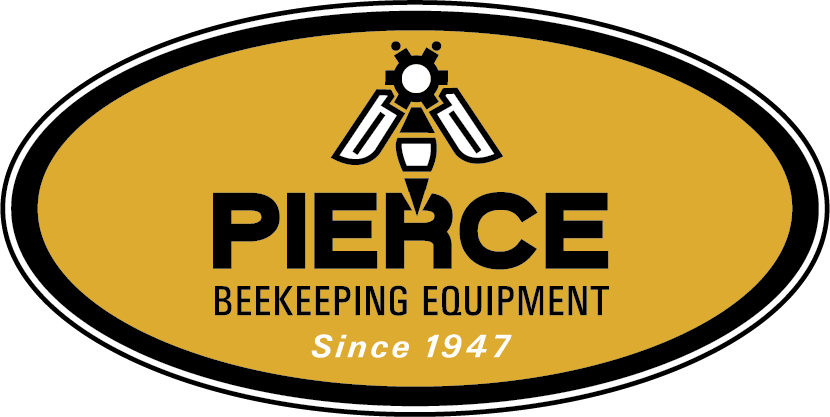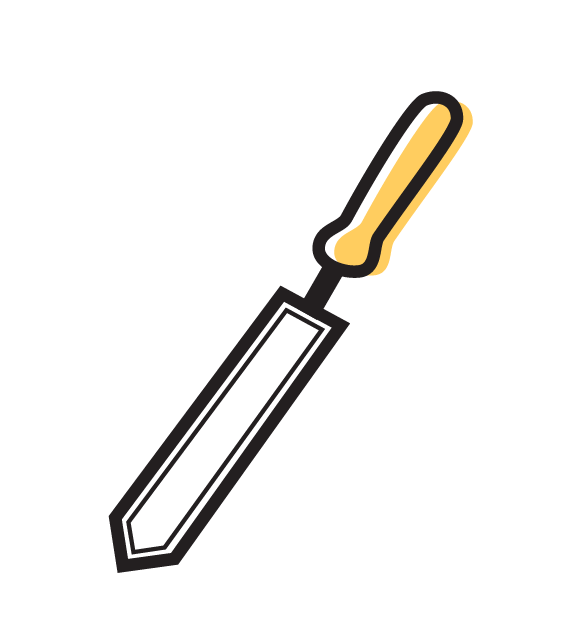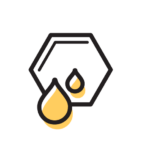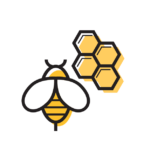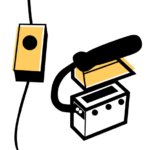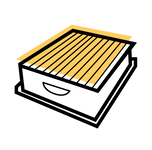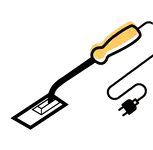FAQs
General FAQs
What Is Uncapping?
Uncapping is the process of removing the wax capping that bees use to seal their comb. Uncapping makes it possible for bees to reuse the same cells instead of building new ones. Rebuilding requires a lot of energy and instead your bees can focus their energy on refilling the empty combs with honey.
Benefits and Best Practices
Benefits of An Electric Uncapping Knife
An electric uncapping knife is the most efficient knife for uncapping. It is quicker and tidier than using a non-electric uncapping knife or uncapping fork. The uncapping roller is more labor-intensive, it punctures the comb with a small hole and you press the honey out.
Pierce knives are made in America using high-quality components — stainless steel blades and comfortable, hand-turned wood handles. Our heating elements and thermostats are build in house and specifically designed for our knives, as a result, our knives have a much faster response time than other electric knives on the market.
Pierce Beekeeping makes two electric knives, one with an automatic pre-set temperature, the Speed King Uncapping Knife, and a knife with a manual temperature adjustment knob, the Control Box Knife.
Best Practices For Uncapping
Develop an uncapping stroke that will allow you to uncap an entire side of a frame in a single stroke using the frame itself as a guide for the knife. Use the entire length of the blade to distribute the heat of the knife evenly across the honeycomb. Keep the knife working on the honeycomb to help regulate the temperature of the knife.
If you need to cool the knife blade quickly, plunge the knife into a pile of your wax uncapping.
Another technique is to carefully uncap the top 2-3 inches of the frame going upward and then uncap the rest going downward using the previous cut as the starting point of the downward knife stroke.
Uncapping honey is a sticky process. Plan in advance how to keep your work area clean as you work. You can use damp towels to keep the work tools and uncapping area clean. Clean the “warm” knife before and after each use; use a damp cloth only. Make sure the knife is unplugged before using a damp cloth.
Use a quality Uncapping Tub to capture the wax scraps and honey. Pierce sells one of the best Uncapping Tubs on the market, specially designed for uncapping.
Plan your uncapping workflow to make it easy to do. Your tools should be ready and clean; the work area clean and well lighted, and all items ready and within easy reach. This helps avoid unnecessary cleanup.
How To
How to Clean Your Knife
Clean your knife before and after each use to avoid burnt material on the blade during initial heat cycle at start up. Use a damp cleaning cloth, not a wet cloth. Do not immerse the knife in water.
How to Get Deeper Honeycomb Cells
Create deeper cells by reducing the number of frames in a 10 frame super to 9 frames, but only after the bees have drawn out the frames and you have uncapped the honey. Use these processed frames as the bee’s templates for deeper honeycomb cells. Deeper honeycomb means fewer frames and less work for the bee keeper or honey processor. Let the bees draw out the comb before going to 9 frames to help prevent disorganized comb building and extra burr comb.
